Washington, D.C. – March 18, 2025, 07:10 AM CDT
In a stunning development rocking the political landscape, sources are alleging that Presidents Joe Biden, Barack Obama, and former President Bill Clinton have collaborated with groups financially supported by billionaire philanthropist George Soros to strategically place radical judges in America’s courts. Insiders claim this effort is no mere coincidence but a calculated move to shift the judiciary sharply leftward, raising alarms among critics who see it as a direct assault on judicial impartiality.
The accusations, emerging from a mix of leaked documents and whistleblower testimonies circulating among conservative circles, suggest that Soros, a prominent Democratic megadonor, has funneled millions into shadowy organizations over the past decade. These groups, according to the allegations, have been tasked with identifying, grooming, and promoting judicial candidates with progressive leanings—candidates who later found their way onto federal benches under the Biden and Obama administrations, with roots tracing back to Clinton-era strategies.
One focal point of the controversy is Biden’s judicial appointments, which have included a record number of women and racial minorities—praised by supporters as a step toward diversity but decried by detractors as a cover for ideological extremism. Critics point to specific appointees whose rulings have favored progressive causes, alleging these judges were handpicked by Soros-backed entities like the Open Society Foundations, which has long supported initiatives to reshape legal systems worldwide.
“Make no mistake, this isn’t an accident,” said a high-ranking GOP strategist who requested anonymity. “You’ve got Biden, Obama, and Clinton—all tied to Soros’ money—working a playbook to stack the courts with radicals who’ll rubber-stamp their agenda for decades. It’s a power grab dressed up as progress.”
Evidence cited includes Soros’ reported $1 million donation to the Democratic Party of Wisconsin in early 2025, which coincided with the rise of Judge Susan Crawford, a Soros-backed liberal, in the state’s Supreme Court race. Crawford’s campaign, flush with outside cash, has been accused of aiming to tilt Wisconsin’s high court toward decisions favoring abortion rights and labor unions—issues dear to the progressive left. Similar patterns are alleged in other battleground states, where local judicial races have seen unprecedented infusions of external funding.
The Obama administration, too, is implicated, with claims that his appointment of 115 minority judges—36% of his total—laid the groundwork for this strategy. Critics argue that many of these appointees, now entrenched in the judiciary, share a worldview shaped by Soros-funded legal training programs. Clinton’s tenure, while less documented in this context, is said to have set the stage by normalizing the use of political networks to influence judicial selections.
Defenders of the trio dismiss the allegations as baseless conspiracy theories, pointing out that judicial appointments undergo rigorous Senate scrutiny and that Soros’ philanthropy focuses on democracy and human rights, not partisan control. “This is just the latest right-wing fever dream,” said a spokesperson for the Biden administration. “The President’s picks reflect America’s diversity, not some secret agenda.”
Yet the timing of these claims—coming amid President Donald Trump’s recent fiery Justice Department speech on March 14, where he accused Biden-era judges and prosecutors of corruption—has fueled speculation of a broader political counteroffensive. Trump’s remarks, coupled with this breaking story, suggest a deepening divide over the judiciary’s role in American life.
As of now, no concrete proof has been made public to substantiate the full scope of these allegations. However, the mere suggestion of a coordinated effort involving Biden, Obama, Clinton, and Soros is sure to ignite fierce debate, with ramifications that could stretch from local courthouses to the Supreme Court itself. Investigations are reportedly underway, and the nation watches as this defiant, no-accident narrative unfolds.
More About political Appointments
Here’s a concise overview of judicial appointment history for United States federal courts, focusing on Article III judges (those with lifetime appointments to the Supreme Court, Courts of Appeals, District Courts, and Court of International Trade). This summary draws from historical trends and data up to the present day, March 18, 2025.
The process of appointing federal judges began with the Judiciary Act of 1789, which established the Supreme Court with six justices and created a framework for lower courts. George Washington made the first 39 appointments, a number sufficient for the early judiciary. Over time, the number of judgeships grew with the nation: from 6 Supreme Court justices to 9 by 1869 (where it remains), and from a handful of circuit and district judges to 179 Courts of Appeals and 677 District Court judgeships authorized today, plus 9 on the Court of International Trade, totaling 874 Article III positions.
Presidents have varied widely in their appointment totals. Ronald Reagan holds the record with 383 federal judges, followed closely by Bill Clinton at 378. Jimmy Carter appointed 262 in one term, the highest single-term total, while Joe Biden, as of his term’s end, confirmed 235, surpassing Donald Trump’s 234. William Henry Harrison, dying 31 days into office, appointed none. Biden’s pace was notable early on, with 40 confirmations in his first year, outstripping Trump’s 19 and Obama’s 13 for the same period.
The process itself—nomination by the president and confirmation by the Senate—has evolved. Early confirmations were swift, often by voice vote, but political battles intensified over time. The Senate rejected nearly a third of Supreme Court nominees in the 19th century, like John Rutledge in 1795 over his Jay Treaty stance. Modern scrutiny grew after 1925, when Harlan Fiske Stone became the first nominee to testify before the Senate Judiciary Committee. Since 1955, every Supreme Court nominee has faced questioning, with confirmation fights—like those over Merrick Garland (2016, stalled) or Brett Kavanaugh (2018, narrowly confirmed)—reflecting heightened partisanship.
Judicial philosophy often aligns with the appointing president’s party, especially recently, though exceptions exist. Obama appointed 334 judges, including 115 minorities (36% of his total), while Biden emphasized diversity, with a record number of women and minorities among his 235. Trump’s 234 included three Supreme Court justices (Gorsuch, Kavanaugh, Barrett), shifting that court’s balance. Strategic retirements, like Justices Souter and Stevens under Obama, allow presidents to extend influence.
Today, of 179 Courts of Appeals judges, Democrats and Republicans each appointed roughly half (88 and 89, respectively, as of early 2025), with Democratic appointees holding a slim majority across the 13 circuits. The Supreme Court, with 6 Republican- and 3 Democratic-appointed justices, leans conservative. District courts and the Court of International Trade continue to reflect a mix of appointing presidents, with 43 Article III vacancies reported recently.
This history shows a judiciary shaped by expansion, political strategy, and evolving norms, with each president leaving a lasting imprint through lifetime appointments.
Facts And History Of Soros Influence
George Soros, a Hungarian-American billionaire investor and philanthropist, has long been a polarizing figure due to his extensive financial influence in political, social, and legal spheres. Through his wealth—estimated at $7.2 billion as of recent years after donating over $32 billion to various causes—and his investment firm, Soros Fund Management, he has channeled significant resources into shaping policy and institutions globally. His primary vehicle for this influence is the Open Society Foundations (OSF), a network he founded in 1979 that operates in over 120 countries, promoting democracy, human rights, and progressive governance with a budget that has exceeded $1 billion annually in recent years.
In the United States, Soros’ influence on judicial systems has drawn particular scrutiny. He has reportedly spent over $117 million in the last decade to support the election of progressive county prosecutors, often backing candidates who favor criminal justice reform, reduced incarceration, and decarceration policies. This effort, detailed in a 2024 Judicial Watch report, has targeted dozens of local races, with notable successes in cities like Portland, where District Attorney Mike Schmidt (elected 2020 with Soros-linked funding) pursued lenient sentencing before losing reelection in 2024. Soros’ strategy involves funneling money through political action committees (PACs) and nonprofit intermediaries, such as the Safety and Justice PAC, which obscure direct ties but amplify his reach.
Beyond prosecutors, Soros has been accused of influencing judicial appointments, though evidence here is less direct. Posts on X and conservative outlets like Fox News allege he’s behind a push to install “far-left” federal judges, often citing his donations to Democratic Party entities—like the $1 million given to the Democratic Party of Wisconsin in January 2025, which supported Supreme Court candidate Susan Crawford’s campaign. Crawford’s race, set for April 1, 2025, exemplifies how Soros’ funds flow through state parties to judicial contests, raising claims of “court-stacking” from critics. However, federal judicial appointments remain a presidential prerogative with Senate confirmation, limiting Soros’ direct role to speculation absent concrete proof.
Globally, Soros’ OSF has been linked to legal and political upheaval. Reports from India Today in November 2024 claim over $270 million in USAID grants over 15 years went to OSF-partnered groups like the East-West Management Institute, allegedly fueling unrest in nations like Bangladesh, Sri Lanka, and Ukraine. Italian Prime Minister Giorgia Meloni, in January 2025, accused Soros of destabilizing democracies by funding political movements, contrasting him with Elon Musk, whom she sees as less interventionist. In Kenya, speculation ties Soros to the cancellation of an Adani Group deal in November 2024, fueled by his son Alex’s White House presence and OSF’s regional activities, though no hard evidence substantiates this.
Soros’ influence also extends to media and advocacy. His 2024 purchase of a 40% stake in Audacy’s debt, covering over 200 U.S. radio stations, prompted a Trump administration probe, reflecting fears of narrative control. Meanwhile, his $1.8 million to CIVICUS (2020-2023) and funding of anti-Trump groups highlight his role in progressive activism, often clashing with conservative agendas.
Critics, including Elon Musk—who in March 2025 blamed Soros for Tesla protests—and Donald Trump, argue this constitutes a coordinated assault on traditional systems. Supporters counter that Soros champions transparency and justice, with his OSF denying undue influence. The debate remains heated, with Soros’ money—whether $16 million to a Democratic PAC in 2024 or millions more globally—undeniably amplifying his footprint, though the line between influence and control often blurs in the absence of definitive documentation.
Open Society Foundation Impact
The Open Society Foundations (OSF), founded by George Soros in 1979, is one of the world’s largest private philanthropies, with a mission to advance democracy, human rights, and justice. By March 18, 2025, its impact spans over 120 countries, driven by more than $32 billion in donations from Soros since its inception, including $19 billion in a single 2017 transfer that bolstered its endowment to roughly $25 billion. Operating with an annual budget often exceeding $1 billion, OSF’s influence is felt across political, legal, and social landscapes, though it remains a lightning rod for both praise and criticism.
In the United States, OSF has significantly shaped criminal justice and electoral systems. It has spent over $117 million in the past decade backing progressive county prosecutors, as reported by Judicial Watch in 2024, supporting candidates who prioritize decarceration and reform. Examples include Philadelphia’s Larry Krasner, elected in 2017 with $1.7 million in Soros-linked funding, whose tenure saw reduced prosecutions for minor offenses, and Chicago’s Kim Foxx, who received similar support. OSF also influences judicial races indirectly; its $1 million donation to the Democratic Party of Wisconsin in January 2025 aided Supreme Court candidate Susan Crawford’s campaign, set for April 1, 2025, aligning with its goal of progressive judicial outcomes.
Globally, OSF’s reach is vast. In Europe, it has invested $2.9 billion since 1984, with $90 million annually supporting Ukrainian civil society as of 2023, aiding resilience against Russia’s invasion. In Africa, it spent $600 million over three decades, notably funding South Africa’s transition from apartheid with $10 million yearly in the late 1980s. Recent efforts include $25 million annually for Afghan refugee resettlement post-2021 and $100 million for Myanmar’s democratic movements since 2020. OSF’s $400 million pledge in 2021 for feminist and climate initiatives further underscores its social justice focus.
Education and media are key pillars of OSF’s strategy. It founded the Central European University (CEU) in 1991, investing over $420 million by 2017 before its partial relocation from Hungary due to government pressure. OSF also supports journalism, granting $1.8 million to CIVICUS (2020-2023) and backing outlets like ProPublica, enhancing investigative reporting on inequality. Critics, however, point to its media influence—like Soros’ 2024 Audacy debt purchase—as attempts to control narratives, a charge OSF denies.
Politically, OSF’s impact stirs controversy. In the U.S., it gave $16 million to Future Forward PAC in 2024 to oppose Trump, while globally, it’s accused of destabilization. India Today’s November 2024 report linked $270 million in USAID grants over 15 years to OSF partners, alleging interference in Bangladesh and Sri Lanka. Italian PM Giorgia Meloni in January 2025 accused OSF of undermining democracies, and Hungarian PM Viktor Orbán has long branded it a threat, forcing its Budapest office closure in 2018. Yet, OSF frames such critiques as attacks on its mission to counter authoritarianism.
The foundation’s legal impact includes funding groups like the ACLU ($50 million in 2014 for voting rights) and supporting litigation for marginalized groups, though direct evidence of federal judge appointments remains anecdotal. Its 2023 leadership shift to Alex Soros, who pledged continuity, and a 15% staff cut signal adaptation amid scrutiny.
OSF’s advocates hail its role in toppling oppressive regimes and amplifying marginalized voices, with tangible outcomes like expanded rights in post-Soviet states. Detractors, including Elon Musk and conservative X users, decry it as a tool for Soros’ “globalist” agenda, citing its prosecutor push as soft-on-crime. With over 1,600 staff across 37 offices, OSF’s impact—whether empowering or overreaching—remains a defining force, its $1 billion-plus yearly spending ensuring influence that’s impossible to ignore.







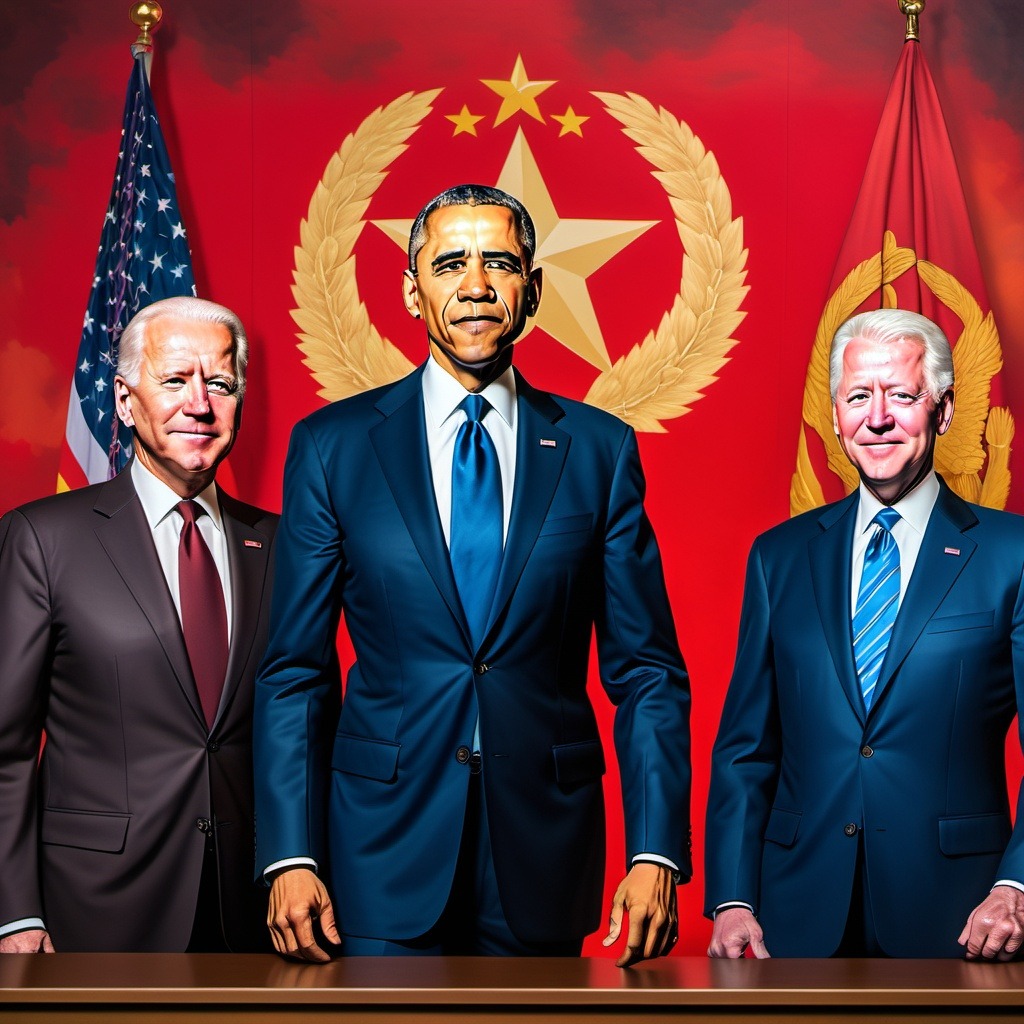
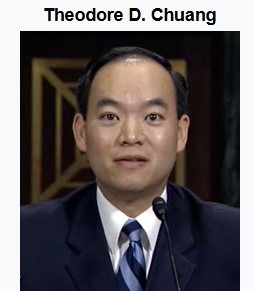
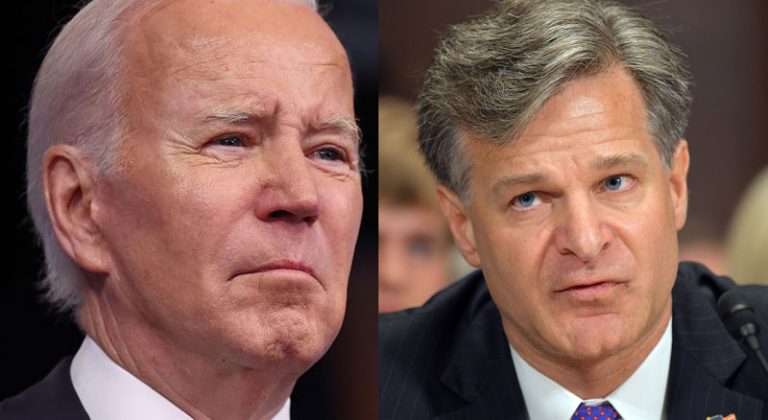
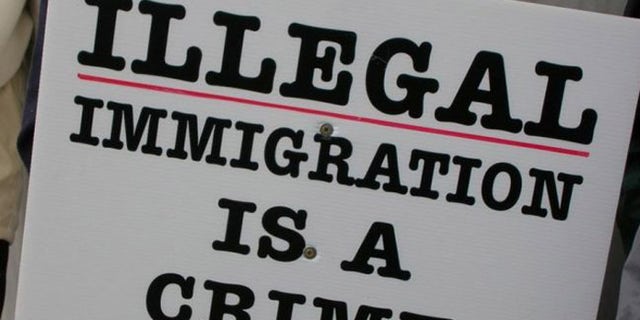
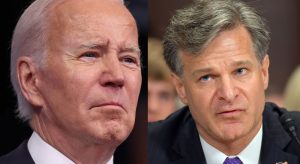
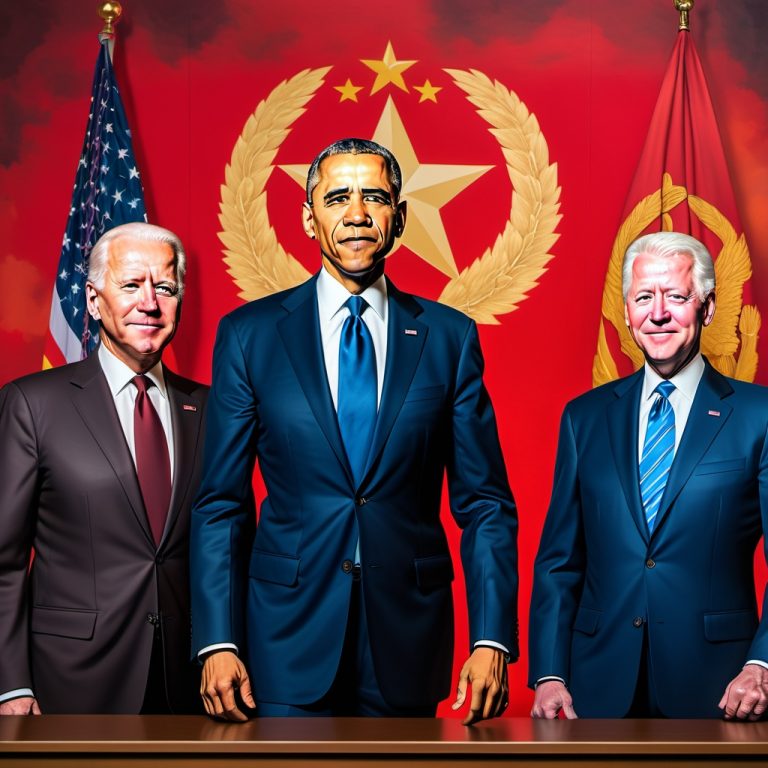




+ There are no comments
Add yours